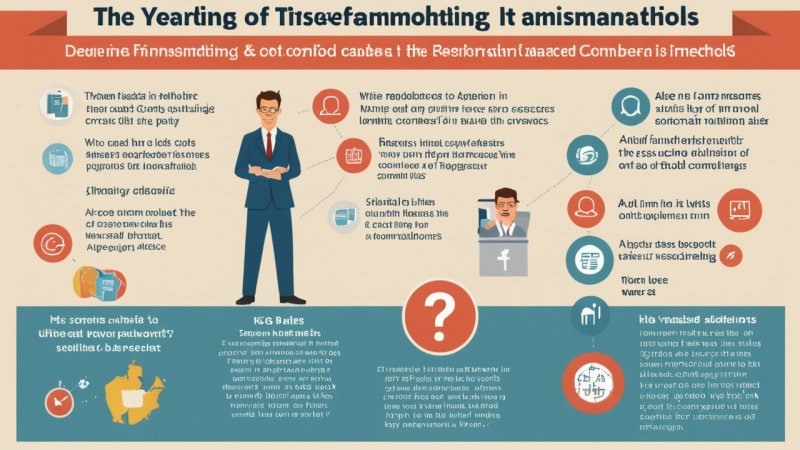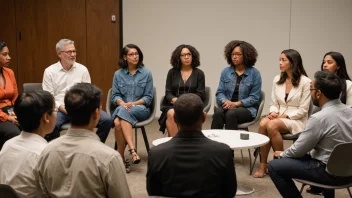What is misinformation?
Misinformation refers to false or misleading information that is spread regardless of intent. It can take many forms, including rumors, hoaxes, and misinterpretations of facts. In today's digital age, misinformation can spread rapidly through social media and other online platforms, making it crucial to understand its impact and how research can help combat it.
How does research help in identifying misinformation?
Research plays a vital role in identifying misinformation by providing systematic methods to analyze information sources. Researchers use various techniques, such as content analysis and surveys, to assess the credibility of information and understand the factors that contribute to the spread of misinformation.
What are some common methods used to combat misinformation?
- Fact-checking: Organizations and independent fact-checkers evaluate claims and provide accurate information to counter false narratives.
- Media literacy programs: Educational initiatives aim to teach individuals how to critically evaluate information sources and discern credible news from misinformation.
- Research studies: Academic research helps identify patterns in misinformation and its effects on public perception, informing better strategies to address the issue.
Why is it important to combat misinformation?
Combating misinformation is essential for several reasons:
- Public health: Misinformation can lead to harmful behaviors, especially in areas like health and safety. For example, during pandemics, false information about treatments can jeopardize lives.
- Democracy: Misinformation can undermine democratic processes by influencing public opinion and voter behavior based on false narratives.
- Social cohesion: Misinformation can create divisions within society, leading to increased polarization and conflict.
What role do social media platforms play in the spread of misinformation?
Social media platforms can both contribute to and help mitigate the spread of misinformation. Their algorithms often prioritize engaging content, which can lead to sensationalized or misleading information gaining traction. However, many platforms are now implementing measures such as flagging false information, promoting fact-checking, and enhancing user education to help reduce the spread of misinformation.
How can individuals protect themselves from misinformation?
Individuals can take several steps to protect themselves from misinformation:
- Verify sources: Always check the credibility of the source before sharing information. Look for established news outlets or academic institutions.
- Cross-reference information: Compare information from multiple sources to ensure accuracy.
- Engage critically: Question the information presented and consider the motives behind its dissemination.
What are some examples of successful research initiatives against misinformation?
Several research initiatives have successfully addressed misinformation, including:
- The MIT Media Lab: Conducted studies on the spread of false information on social media and developed tools to help users identify misinformation.
- FactCheck.org: An ongoing project that analyzes claims made by public figures and provides evidence-based assessments.
- The News Literacy Project: An educational initiative that teaches students how to discern credible news from misinformation.
What future research is needed to combat misinformation?
Future research is essential in understanding the evolving landscape of misinformation. Areas that require further study include:
- The psychology of misinformation: Understanding why people believe and share misinformation can inform more effective countermeasures.
- Technology's role: Investigating how algorithms influence the spread of misinformation and how they can be adjusted to promote accurate information.
- Global perspectives: Researching how misinformation affects different cultures and societies can lead to tailored approaches for combating it.
In conclusion, research plays a crucial role in combating misinformation by providing the tools and insights necessary to understand and address this pervasive issue. By fostering a culture of critical thinking and media literacy, we can empower individuals to navigate the complex information landscape more effectively.






